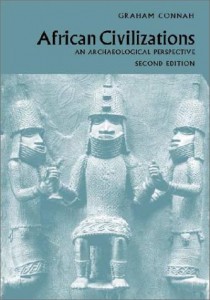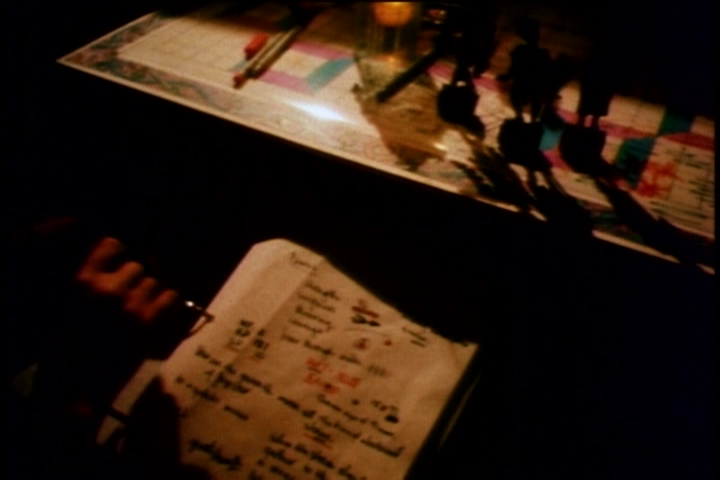Last week, we left our heroes down a player, thanks to Wal-Mart the Frenetic’s spectacularly poorly-timed suicide, and outnumbered by skeletons, facing long odds in a totally untested combat system. It was looking dire.
I quickly explained the combat system, which was fairly simple. No initiative, we just take turns clockwise. Tell the Maze Controller what you want to do, and he’ll roll all the dice.
The Cavalry Arrives
By the time I was finished with the explanation, the adventurers were joined by a new hero, Walmart Jr. the Frenetic! Son of Walmart I, and with suspiciously similar gear, Walmart Jr. had been rolled up in less than a minute, and, announced the player, was here to “take revenge.” Revenge on who? On the pit into which Walmart I had jumped? On his dead father, for throwing away a promising life?
We broke out the d12s and ran the first combat. A theme emerged that would characterize the entire session: a statistically improbable number of 11’s (critical fumbles) and 12’s (critical successes) were rolled. An 11 means that you subtract 10 and roll again; a 12 means that you add 10 and roll again. Frequently, people would roll an 11, roll again, and get a 12, putting them right back where they started. Once, someone actually rolled 11, 12, 11, 12, the odds against which are high – one in more than 20,000 – and the results of which are boring – a net of 0.
It’s too early to tell whether this was merely a freak of the dice, or whether some statistical principle of which I am not aware means that d12s always roll high when Tom Hanks is in the picture.
Despite having no particular dice advantage, Sir Robert the Fighter handily destroyed the skeletons, while the frenetics were quite ineffective throwing their mind-controlling fairy dust. This introduced another theme, which would continue throughout the night: Sir Robert was an unstoppable combat behemoth who could do no wrong, while the other characters missed more than they hit. This especially amused everyone because Sir Robert’s player is generally the most combat-optimized character in any RPG system. Even his extraordinarily simple Mazes and Monsters was dominant – entirely, I believe, through a psychic connection with his dice.
Combat against the skeletons was pretty simple, and felt a lot like D&D combat except with d12s. You needed to roll better than 6 on a d12 to hit, and then you rolled damage. Skeletons were resistant to pointy weapons, like thrown daggers, which meant that the damage d12s were rolled twice and the worst roll was taken. The frenetics were armed with daggers and bows, which meant their weapon attacks where fairly futile. Sir Robert soon put away his spear in exchange for a mace from a fallen skeleton. (Over the course of the game, he collected weapons from each fallen foe, until he ended up with one of everything.)
The skeletons had 10 HP each: on average, each took about two hits, so it didn’t take too long before the players were victorious. The frenetics and the Holy Man had taken a few points of damage. Brave Sir Robert, of course, was entirely untouched.
Traps and Treasure
After the combat, the players rappelled into the pit to look for treasure. I warned them, “You see what looks like the glittering of gold. It could be treasure – but it could be a trap.” They hesitated, but the lure of treasure overpowered them. They reached for the treasure, and —-
IT WASN’T A TRAP.
The players collected a sackful of Pieces of Twelve, and also found a magical glove. Cautious examination revealed that it was a magic power, “Read Strange Languages!”
Our Holy Man had seen a list of the Holy Man powers, and had been talking up the 2nd level spell, “Read Strange Languages,” all night. The word “strange” struck her as particularly funny. She was elated to discover that this glove was the trinket that let her cast this very spell! From this point on, she would be constantly asking if there were any strange languages in sight.
The party continued on. The came to a four-way intersection, with a lazy-susan floor plate that spun people randomly when they stepped on it. Each branch of the intersection (except the one from which they had come) led to a door.
I warned the players that the doors might lead to treasure, but “could be a trap.” They devised a complicated system for opening the doors that involved tying a rope to a door handle, spinning on the lazy susan, running up a perpendicular corridor, and then tugging the rope. It’s a good thing they did, because the first door they opened fired a spear down the hallway! The players’ paranoid precautions kept everyone safe.
The other two doors revealed a fight with some skeletons, which yielded a key, and a locked door, which opened to the key.
Music Maze
The next room contained my first test of the Maze and Monsters Issues system. According to my dungeon key, when the players entered, a drama mask on the wall would zap a random player with black lightning, and — something would happen. I would play it by ear, but it would involve the Issue that that player had written down on their character sheet.
The black lightning hit Lothar the dwarven frenetic. He confessed his Issue to the group: “Just the other day, I was wishing that, one day, a Led Zeppelin song would come on the radio, and my wife would say, ‘This is a good song! Who is this by?’. She just doesn’t like Led Zeppelin that much.”
Here was a meaty issue that could bear no end of psychological prodding! I just hoped I was up to the task.
I had a giant black dog appear in the room. It put its paw on Lothar’s shoulder and said, “As a boon, I will allow you and your friends to hear the greatest of music — forever.” Walmart Jr.’s lute burst forth into spontaneous electified rock music. At the same time, all the doors swung ponderously shut.
Lothar’s player, who really is quite a Led Zeppelin fan, had “Black Dog” on his iPhone, which he generously played for us… on repeat… for the rest of the scene.
As well as a test of Issues, this was the first test of the Maze system. Lothar was Mazed, which meant he was content to stay in the locked room listening to Led Zeppelin forever. (As was his player, I believe.) The other players had to snap him out of it: but each avenue of aid could only be used once.
Sir Robert had a Trait that allowed him to use a bonus Trait die when “convincing others of his good intentions”, so he gave a speech to the effect that he didn’t want Lothar to deny himself the full range of musical experience by fixating on one – admittedly perfect – song. Sir Robert rolled very well, getting a critical success (as was his wont), and this was really good enough to snap Lothar out of it and continue the adventure. The players, though, really wanted to get into the issue. They continued to discuss it for at least the length of “Black Dog”. Finally, everyone came to the (possibly false) conclusion that, as there is no light without darkness, you couldn’t appreciate a song unless there were people who DIDN’T appreciate that song.
As Maze Controller, I suppressed my belief that this conclusion was logically indefensible, and, in fact, made a mockery of the study of logic itself. The important thing was that Lothar, and his player, had met an issue in the maze, and had defeated it. And along the way, he had probably cleared up some engrams or whatever.
The doors unlocked, and the black dog gravely shook hands with everyone, except Wal-Mart Jr., who insisted on doing a fist-bump.
Next time: The playtest concludes with a bang! Or maybe more like a snap, followed by a prolonged scream.









